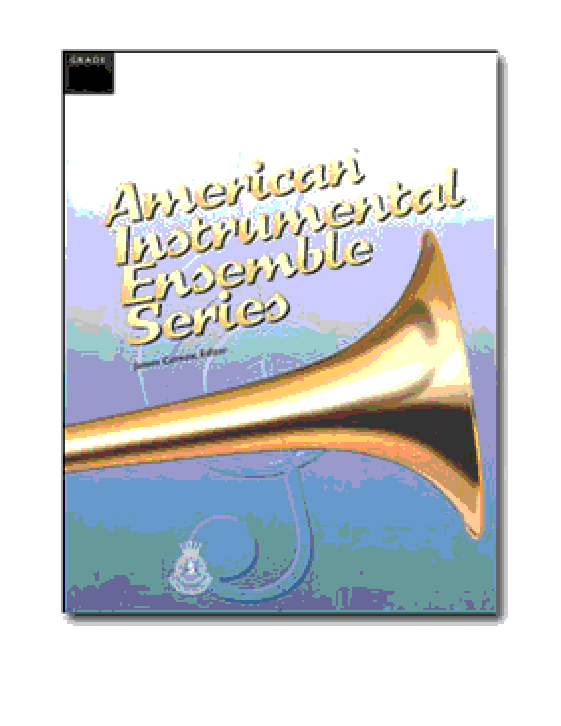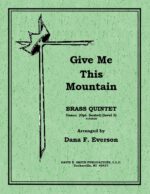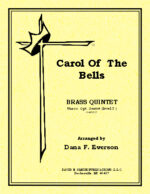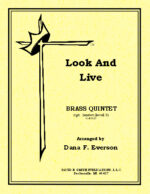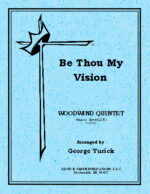| Instrument | |
|---|---|
| Level | 1 |
| Occasion | |
| Theme | Like A River Glorious |
| Writer | |
| Publisher | |
| Copyright | 2005 |
Fanfare Prelude: Like A River Glorious
$24.95
Related products
-
How Firm A Foundation
$12.00Opening with a fanfare, the first section is in block harmonization with some moving lines. It then moves into melodic statements in the lower instruments with supported obiligatti in the trumpets and horn. The structure again becomes solid in scoring only to return with similar trumpet obbligati. The obbligati is next introduced in the lower voices and then increased rhythmic activity in all voices builds to a solid ending.
-
Spirit of God, Decend Upon My Heart
$10.00A standard brass quintet with optional trumpet for horn. The piece opens with a solo trumpet and gradually adds voices until it leads up to a modulation where the theme is now in the lower voices with gentle harmonic shifts. The upper voices respond with more motion until things are met with another modulation. This new section is more stayed until another modulation greets yet another modulation with the parts all intertwining amongst themselves and then… a solemn conclusion.
-
Give Me This Mountain
$12.00A standard brass quintet with optional trumpet for horn. As one might expect the piece is cheerful from beginning to end. It opens with rhythmic patterns where the first statement of the tune is presented by the trombone. The chorus is harmonically in block format where it comes to an end. NOW, something different the second trumpet and tuba present a simple accompaniment while all the other voice, yes voices, sing the words and melody of the song! A brief conclusion, a modulations and the piece returns to the texture of the earlier statement. The a bit of tongue and check statements and a very conclusive ending.
-
Carol Of The Bells
$12.00A traditional quintet with optional sixth part baritone, this driving arrangement passes the melodic material constantly around the ensemble. A fun piece to play!
-
Look And Live
$12.00A traditional brass quintet with opt. trumpet for horn and extra baritone for use as a sextet. The introduction uses extraneous material where it leads in the first theme in the French horn, supplemented by trombone counterlines and trumpet flourishes. Thematic movies are then embellished leading up to a modulation where the tempo slows and a new mood encountered. The first trumpet carries the lead and offset with a horn duet line. Another modulation, an a-tempo with the theme in the low brass and accompaniment lines in the middle brass. This continues until the voices stack up until a boisterous conclusion is achieved.
-
-
Brighten The Corner Where You Are
$12.00A standard brass quintet with optional trumpet for horn. As one might expect the piece is cheerful from beginning to end. After a bright intro, the trumpet carry the tune until handed over to the middle voices with flourishes in the trumpets. After a transition that leads upward to an exciting climax. The piece abruptly shits to a quiet and expressive section lead by the trombone on the theme where it all builds to another zenith and once again abruptly goes quiet. A modulation and meter shift and the piece becomes countrapuntally gentle.. A meter shift back to the beginning and an exuberant building to a joyous conclusion.
-

